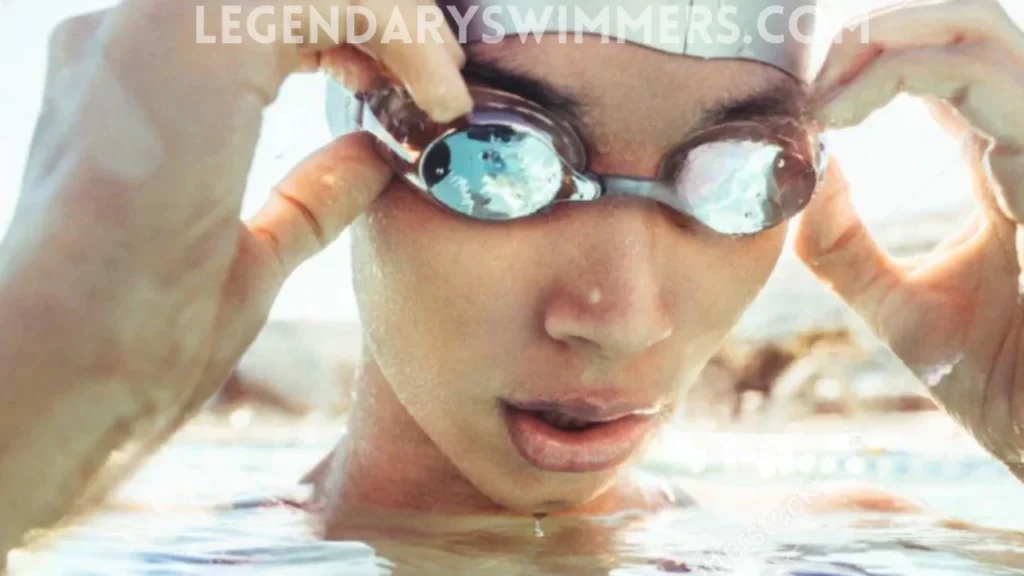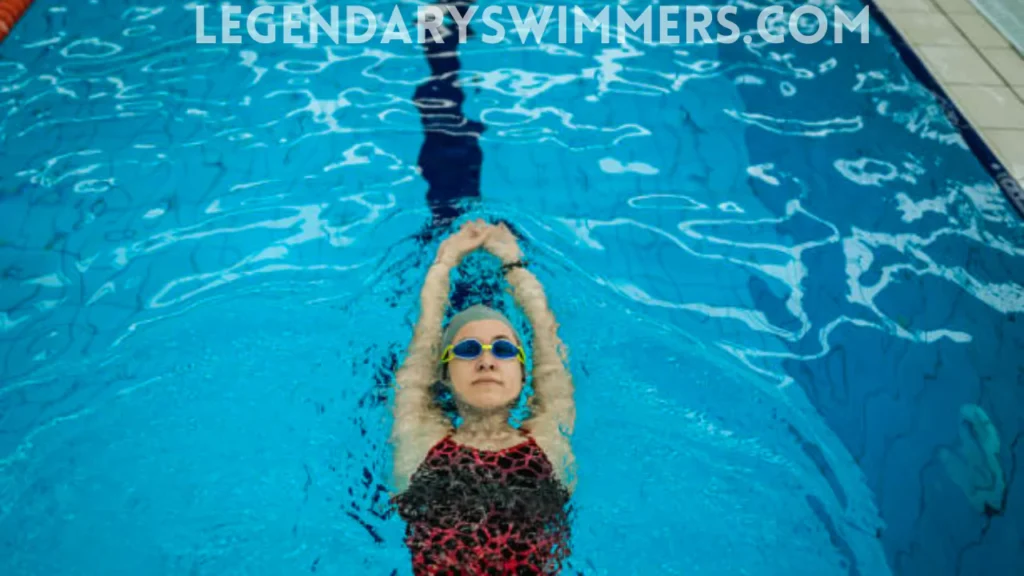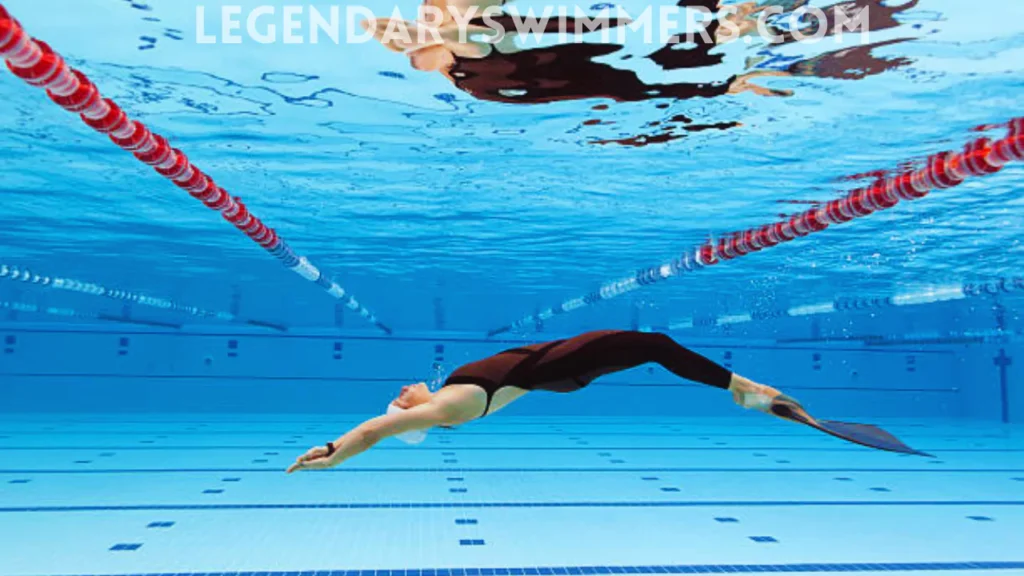
The Ultimate Guide to Fixing Leaky Swim Goggles
- Updated:
Leaky swim goggles can turn a great swimming session into a frustrating experience. Whether you’re a professional swimmer, a triathlete, or just enjoying a casual swim, having clear, leak-free goggles is essential for comfort, focus, and performance. In this ultimate guide, we’ll dive deep into everything you need to know about fixing leaky swim goggles, why they leak, and how to prevent it from happening again.
The global swim goggles market is projected to grow to $1.4 billion by 2028, driven largely by demand for high-performance and custom-fit options (Source: Market Research Future).
Why Do Swim Goggles Leak?
Understanding why your goggles leak is the first step to fixing the problem. Here are the most common reasons:
1. Poor Fit
The most common cause of leaking swim goggles is an improper fit. If the gaskets (the part that seals the goggles to your face) aren’t aligned properly, water can seep in. This often happens when the goggles aren’t designed for your facial structure.
2. Loose Straps
Straps that are too loose can cause the goggles to shift, breaking the watertight seal. On the flip side, overly tight straps may cause discomfort without fully solving the problem.
3. Worn-Out Gaskets
The gaskets around the lenses are made of rubber or silicone and can degrade over time. Cracks or stiffness in these gaskets make it difficult to create a watertight seal.
4. Incorrect Nosepiece Adjustment
An ill-fitting nosepiece can leave gaps between the goggles and your face. This is particularly common for swimmers with narrow or wide-set eyes.
5. Hair Interference
Strands of hair caught between the gaskets and your skin can break the seal, allowing water to enter.
How to Fix Leaky Swim Goggles: Simple Solutions
If your swim goggles are leaking, these tried-and-tested methods can help you resolve the issue quickly.
1. Adjust the Straps for a Snug Fit
- Loosen or tighten the straps until the goggles sit firmly on your face.
- Position the straps slightly above the curve of your head for better stability.
- Avoid overtightening as it can cause discomfort without ensuring a better seal.
2. Customize the Nosepiece
- Many swim goggles come with adjustable nose bridges. Test the included options to find the perfect fit for your face.
- For fixed-nosepiece goggles, consider switching to a model that offers customization.
3. Create a Suction Seal
- Press the goggles gently into your face to create a vacuum-like seal.
- Test the seal by lightly pressing on the lenses; if the goggles stick to your face for a few seconds without straps, the seal is strong.
4. Keep Hair Out of the Way
- Ensure no hair is caught under the gaskets.
- Wear a swim cap to keep your hair neatly tucked away and to prevent interference.
5. Replace Worn-Out Parts
- Inspect the gaskets for cracks or stiffness. Replace them if they’re damaged.
- Consider replacing the entire pair of goggles if repairs aren’t possible.
Advanced Tips for Persistent Leaks
If simple adjustments don’t solve the problem, try these advanced solutions.
1. Invest in Custom-Fit Goggles
Custom swim goggles, like those from TheMagic5, use facial scanning technology to create a perfect fit. While these may be more expensive, they’re worth it if you consistently struggle with leaks.
According to a 2023 survey conducted by SwimOutlet, 75% of swimmers report goggle leaks as their top frustration during swim sessions, with 68% attributing it to improper fit.
2. Use a Swim Cap Over Goggles
Wearing a swim cap over your goggles helps keep the straps in place, reducing movement that might break the seal. This is particularly useful for competitive swimmers or those diving into the pool.
3. Upgrade to Higher-Quality Goggles
Premium goggles often have better materials and designs that ensure a watertight seal. Look for goggles with soft silicone gaskets, anti-fog coatings, and UV protection.
4. Protect the Anti-Fog Coating
Anti-fog coatings are essential for clear vision but can degrade with improper handling. Avoid wiping the inside of your lenses with your fingers. Do this Instead:
- Store goggles in a protective case to prevent scratches.
- Use anti-fog sprays or wipes to maintain the coating.
Preventing Leaky Swim Goggles: Proactive Care
Taking good care of your swim goggles can prevent leaks and extend their lifespan. Here’s how:
1. Rinse After Each Use
Rinse your goggles with fresh water after every swim to remove chlorine, salt, and debris. This prevents buildup that can affect the seal and clarity.
2. Store Properly
Always store your goggles in a case to protect them from damage. Avoid leaving them in hot or humid environments, which can weaken the gaskets.
3. Avoid Overstretching Straps
Frequent adjustments can wear out the straps. Replace straps when they lose elasticity to maintain a secure fit.
4. Use Anti-Fog Products
Apply an anti-fog spray before each swim to keep the lenses clear. If you don’t have spray, a quick saliva application can also work in a pinch.
Expert Insights on Fixing Leaky Goggles
Professional swimmers and triathletes swear by these additional tips:
- Katie Ledecky, Olympic gold medalist, advises:
“A properly adjusted nosepiece and snug straps make all the difference. Always test your goggles for suction before diving in.” - “Always have a backup pair,” recommends triathlete Kyle Axman. Swapping to a fresh pair during long sessions can save time and frustration.
FAQs
Q: Why do my goggles leak even when they’re tight?
A: Tight goggles can still leak if the gaskets don’t align properly with your facial contours. Adjust the nosepiece or try a different model for a better fit.
Q: Can old goggles be fixed?
A: Yes, but only to a certain extent. Replacing gaskets or straps can help, but if the lenses or frame are warped, it’s time for a new pair.
Q: How do I stop goggles from fogging up and leaking?
A: Prevent fogging with anti-fog sprays or saliva, and ensure a watertight seal by adjusting straps and gaskets.
Recommended Products for Leak-Free Swimming
- Speedo Women’s Swim Goggles Mirrored Vanquisher 2.0
Perfect for swimmers seeking a tailored fit. These goggles are made to match your unique facial structure for ultimate comfort and performance. - Speedo Unisex-Adult Swim Goggles
Designed for women, these goggles provide a secure fit and excellent visibility. - JAWS Quick Spit Anti-Fog Spray
Extend the life of your goggles and enjoy fog-free swimming with this popular anti-fog spray.
Conclusion: Dive Leak-Free
Leaky swim goggles can be a thing of the past with the right adjustments, care, and investments. Whether you’re a seasoned swimmer or just starting, having properly fitted goggles will enhance your experience in the water. Follow the tips in this guide to keep your goggles snug, comfortable, and leak-free.
Ready to upgrade your swim game? Explore our curated selection of top-rated goggles and accessories at legendaryswimmers.com. Don’t forget to subscribe to our newsletter for expert swim tips.
References

Natasha Nicole Leyva
Hi, I’m Natasha—swimmer, coach, and aquatic fitness enthusiast. My journey began in New Zealand after a professor recommended swimming to help with a knee injury. The low-impact nature of swimming worked wonders, and it quickly became my favorite form of exercise. This passion grew into a thriving swim academy, and soon, requests for aquatic fitness classes started pouring in. After becoming certified, I realized how powerful water workouts could be for recovery and fitness. Now, I share my expertise here to help others experience the benefits of aquatic movement—whether for recovery, fitness, or fun!







